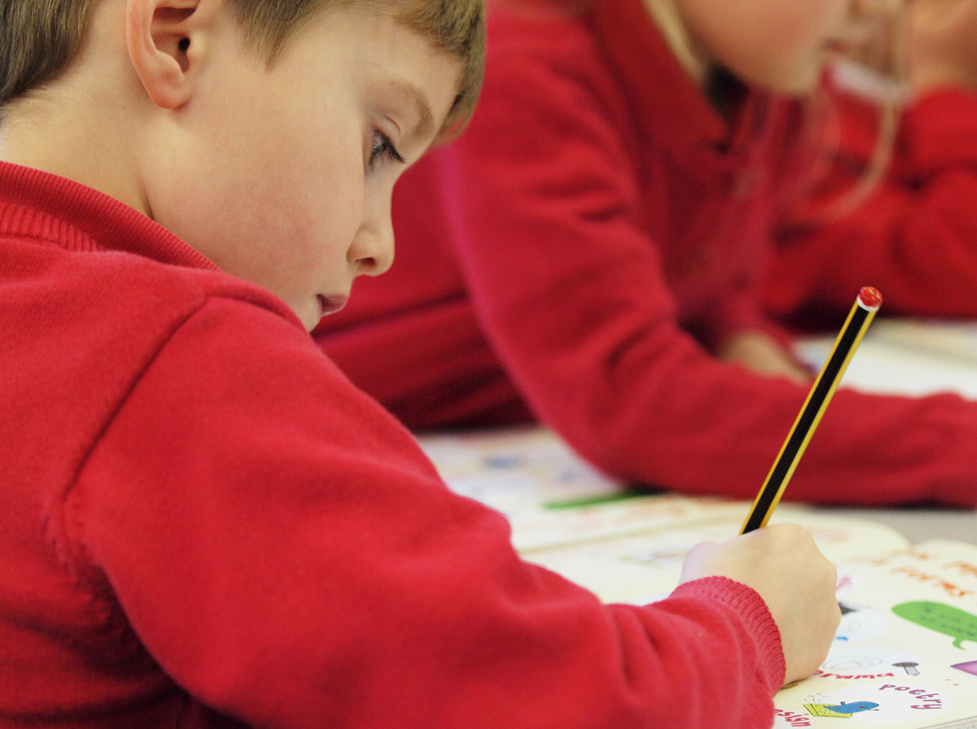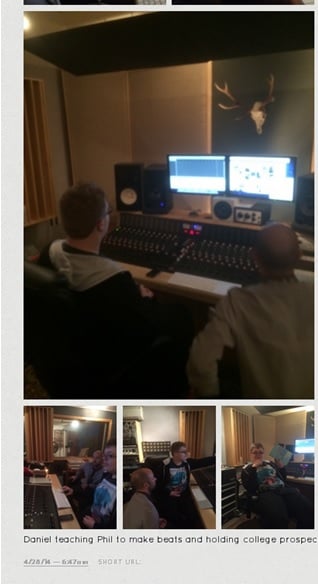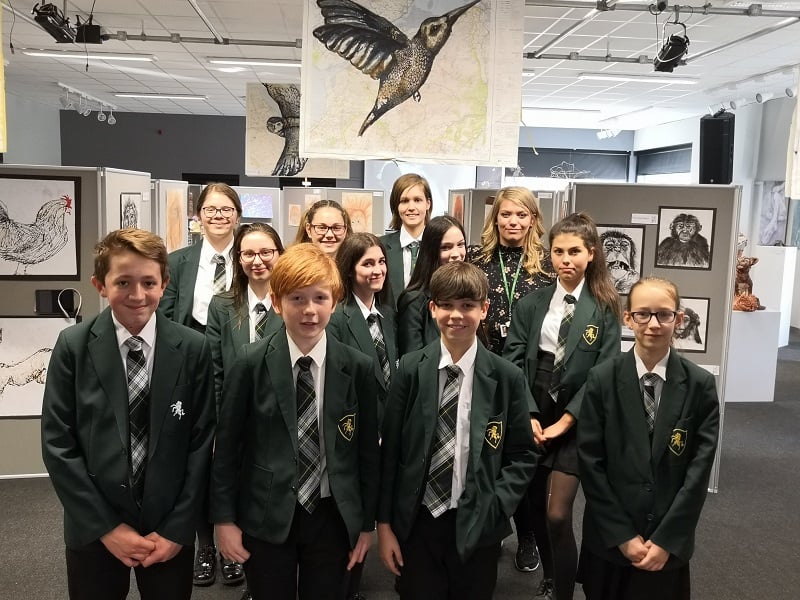
Ten steps to a successful evidence template
BY: Guest Writer
24 Mar 2015
In this blog Anthos Arts give us their top tips for creating a successful evidence template.
At Anthos Arts, we support an array of young people who are participating in Arts Award. As such, we have to develop resources which cater to a range of needs. Repeatedly, we have to acknowledge the following question:
How do you create standard evidence templates that can be given to numerous young people, which can engage and challenge their reflection, whilst still honouring their individual abilities?
Here we have provided our ‘10 steps to a successful template’, which Anthos Arts uses to support those that work with special educational needs (SEN) or low ability, right up to high achievers! Although we focus on the Bronze Award, we believe that the steps are transferable across all Arts Award levels.
- A successful template should provide opportunities for the participant to not only describe what and where they are practically engaging in their chosen art form, but also why they are choosing to explore this area. These steps establish a deeper level of reflection that you, as the adviser, can come back to during the process, challenging the participant to consider whether their reasons for engaging in the arts has led to any reconsiderations about the art form.
- A successful template should include a fourth step, which we believe is the most important step for it summarises and develops the previous three steps. This step asks the participant to reflect on what they have discovered as a consequence of the activity and how they may further expand on their experience.
- Description is a relatively small part of Arts Award, and one of the biggest failings is that portfolios focus on this aspect more than on reflection. The way to prevent this issue is to physically show on the resource that the description box is the smallest, and that the other sections have more space for exploration, reflection and annotation.
- Evidence, evidence, evidence! It is such a joy to see young people getting involved in their chosen art form. However, the issue with this is that many forget to log evidence when they are carried away their enthusiasm. Therefore, it is important on the resource to really emphasise the different ways that they can be evidencing their explorations; from photography and videos to including bibliographies and programmes of events they’ve seen. We try our best to ensure that the evidence is rooted in the middle of the resource, so that isn’t a ‘last minute’ addition, but a cornerstone to their documentation. After all, no evidence, no Arts Award!
- The template needs to be adaptable to suit the way the participant may wish to document their thoughts. This step is easier said than done. The way we present this flexibility at Anthos Arts is by bracketing instructions for the participant to choose how they document the process. This can be through asking the participant to find photos that reflect the steps (as above) or for them to buddy up with their peers to record a conversation which sums up a part of Arts Award.
- A successful template needs to feel personal – it should engage the young person just as much as the art form they are exploring has the power to do. Although your approach will depend on the location and environment of the Arts Award centre, there are ways to keep it personal without undermining the clarity of the resource. At Anthos, we make the resource appear conversational to the participants, from small interactions, such as “discuss it with me” to using memes that will make the young people chuckle as they scan the page. This latter point is one example of how the resource can keep the Arts Award feeling light-hearted and personal.
- A successful template should face out. By this we mean that it should introduce wider resources for the participant to research themselves. Not only does this provide autonomy of research that has a clear framework (and relevance) to Arts Award provision, but it also introduces the participants to professionals that will inspire their explorations into their art forms. It is important for Arts Award to be the participant’s independent exploration work, but crucial that the adviser supports their engagement by introducing them to current artists/art work that will inspire their explorations into their art forms.
- ‘If you can’t explain it simply, you don’t understand it well enough’ (or so the saying goes). A successful template should be easy to understand. If it takes more than five minutes for the group to follow the resource then it’s not clear enough.
- Be aware of participant needs when providing practical resources, making sure you have a clear and large font, and, if possible avoid a white page. Furthermore, we recommend handing out resources whilst the young people are already engaged in reflection so that the resource is embedded into the session.
Arts Award does not judge artistic talent, but assesses young people’s journeys with assessment criteria such as creativity, communication, art form knowledge and understanding. Hence, Arts Award is metacognitive - about learning to learn, and is entirely about self-evaluation and confidence building. That’s what any good template should provide; not the ability for young people to criticise themselves (and others), but to recognise, evaluate and develop their knowledge of the chosen art form.
Related posts
BY: Cathy Thornhill
BY: Julie Neville




Comments & Replies